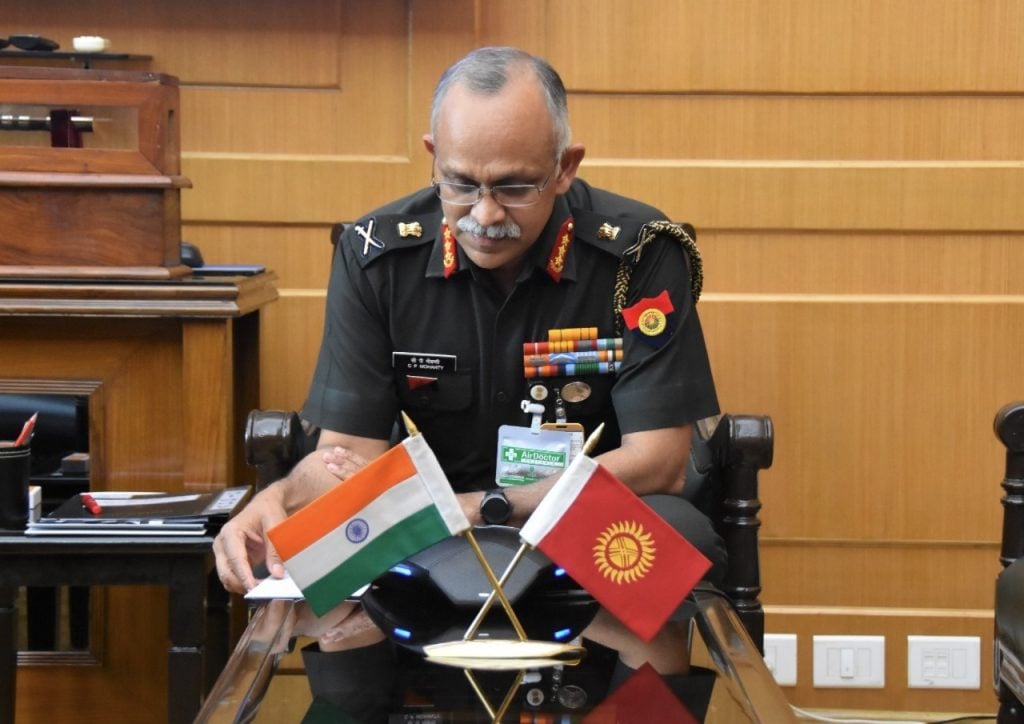Part II Orders in the Indian Army are formal, administrative notifications that record and regulate essential aspects of a soldier’s service, including appointments, promotions, pay increments, classifications, and more.
These orders play a pivotal role in ensuring the accuracy of personnel records, adherence to Army regulations, and proper financial management of each individual’s service. Below is an in-depth look at the concept, types, functions, and recent developments surrounding Part II Orders in the Indian Army.
1. Introduction
For any large and structured organization like the Indian Army, maintaining comprehensive and up-to-date records of service members is crucial. The backbone of this record-keeping process is the Part II Order—a notification system that captures changes or updates in a soldier’s career. Whether it is a promotion, a pay increment, or a change in role, Part II Orders ensure that each administrative action is tracked and reflected accurately in official documentation.
2. Types of Part II Orders
- Record Office Part II Orders
- Definition: These orders are published by the respective Record Offices, which function as the primary custodians of a soldier’s service documents.
- Scope: They cover a wide range of administrative transactions, including promotions, changes in trade classification, and postings.
- Importance: They serve as a permanent record of all major changes that affect a soldier’s service profile and, by extension, his pay and allowances.
- Unit Part II Orders
- Definition: These are issued at the unit level and generally cover events or occurrences related to soldiers currently posted under the unit’s command.
- Scope: Commonly used to record short-term or immediate changes (e.g., leave, temporary duty, or minor disciplinary actions) that may not necessarily originate from the Record Office but still need to be documented.
- Applicability: Particularly important in field stations or operational areas that may lack a dedicated second echelon or administrative office.

3. Functions and Importance of Part II Orders
- Personnel Management
- Tracking Career Progression: Every promotion, classification change, or remustering (reassignment to a different trade or branch) is meticulously recorded.
- Educational and Qualification Updates: Soldiers’ skills and educational achievements are documented to ensure that the Army can match roles with adequately qualified personnel.
- Regulatory Compliance: These updates help fulfill the requirements outlined in official military regulations, ensuring uniformity and transparency across the service.
- Financial Adjustments
- Pay and Allowances: Increments, special pay, and other allowances (e.g., compensatory allowances for hardship postings) are calculated and credited based on Part II Orders.
- Forfeitures and Deductions: If a soldier’s pay or allowances are withheld or deducted—due to disciplinary actions or other reasons—it must be backed by a valid Part II Order.
- Accuracy: Proper issuance and documentation ensure that the right pay adjustments are made without undue delay or error, thus safeguarding soldiers’ financial interests.
- Administrative Compliance
- Authorized Changes: Every change to a soldier’s service records must be authorized by the appropriate authority (e.g., the Commanding Officer, the Record Office, or higher headquarters).
- Accountability: Ledger groups and administrative sections rely on accurate Part II Orders to maintain updated records. Any discrepancy or delay can impact everything from pay to career progression.
- Transparency: By using a structured, standardized approach, Part II Orders help maintain transparency and consistency in administrative processes across the Army.
4. Recent Developments
- No Salary Cuts via Part II Orders
- In a recent announcement, it was clarified that there would be no salary cuts for Army Jawans (other ranks) and Junior Commissioned Officers (JCOs) through Part II Orders.
- This move underscores ongoing efforts to protect the financial well-being of serving personnel, ensuring that any financial adjustments are both fair and transparent.
- Digitization and Streamlining
- With the Indian Army increasingly embracing digital processes, the publication and updating of Part II Orders are also moving toward more automated systems.
- This reduces paperwork, minimizes human error, and expedites the recording process, ultimately boosting efficiency.
5. Procedure for Issuance and Record-Keeping
- Initiation: A unit or Record Office identifies a change that needs to be recorded—such as a promotion, a new allowance, or disciplinary action.
- Authorization: The Commanding Officer, Record Office, or relevant authority verifies that the change is legitimate and in compliance with regulations.
- Publication: Once approved, the Part II Order is published and circulated to all relevant administrative departments.
- Ledger Adjustment: Ledger groups (or the equivalent administrative sections) update the soldier’s pay records and personal files accordingly.
- Archival: Copies of Part II Orders are archived for future reference, ensuring that every action in a soldier’s service history has a clear administrative record.
Part II Orders are the bedrock of administrative efficiency and accuracy within the Indian Army. By meticulously documenting every significant change in a soldier’s career—promotions, pay increments, allowances, disciplinary actions, and more—these orders guarantee that the records are reliable and consistent with military regulations. Their importance is evident in maintaining the welfare of soldiers, ensuring just financial adjustments, and upholding an accountable and transparent administrative system.
As the Indian Army evolves and adapts to modern challenges, Part II Orders will continue to play a critical role, serving both the administrative machinery and the individual soldier by providing a structured, standardized approach to military record-keeping.













